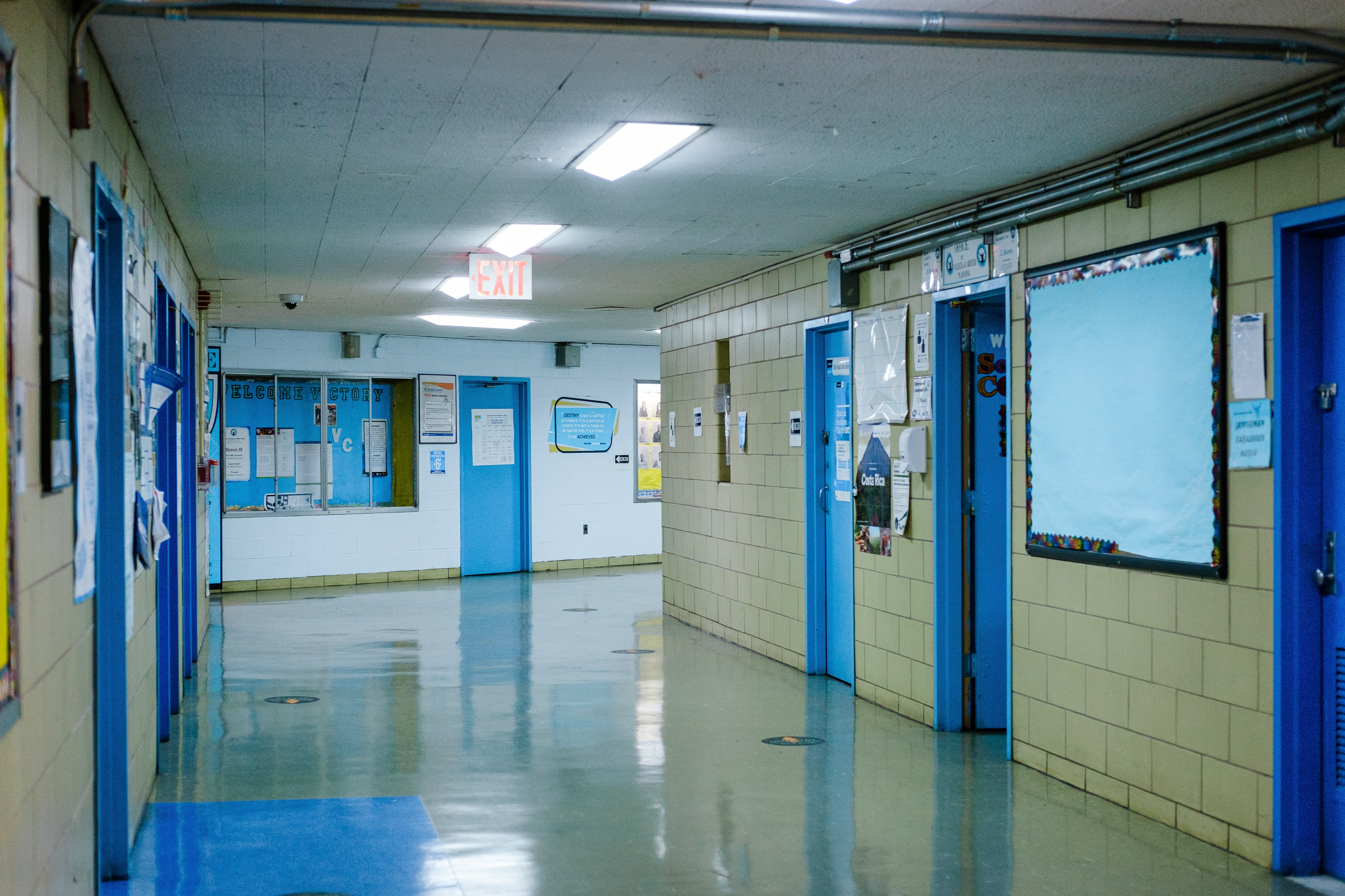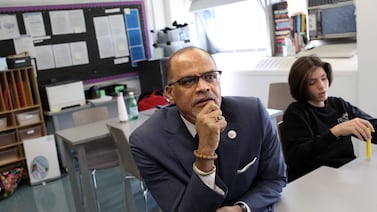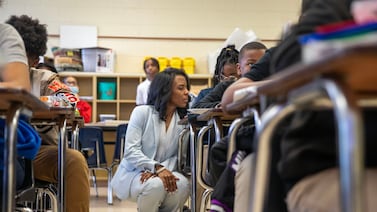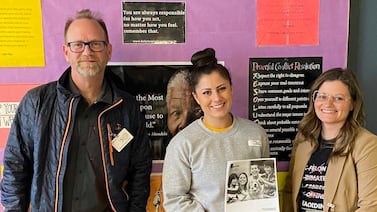The pandemic upended student learning last year, but nearly eliminated one source of disruption: suspensions.
Suspensions plummeted by 99% during the first half of last school year compared with the same time the year before, as the vast majority of New York City students learned remotely and in-person classrooms were often sparsely populated.
From July through December 2020, city schools suspended students 56 times, according to education department figures provided by City Council. During the same period in 2019 — just before the pandemic — schools issued 10,014 suspensions. (The figures do not include charter schools.)
The overall suspension numbers compare two very different periods for New York City schools — before and during the pandemic — complicating year-over-year comparisons.
The near zeroing out of suspensions is one byproduct of most families choosing remote learning as well as a spike in coronavirus cases forcing all school buildings to shut down in late fall. Across the country, some Black families said they opted for remote learning in part because it allowed them to avoid some effects of racism in schools, including suspensions, which in New York City disproportionately fall on Black students and those with disabilities.
Now, as students are required to return to classrooms this school year, advocates are paying close attention to whether suspensions rise above pre-pandemic levels. Some districts outside New York are already reporting an uptick in behavioral issues. New York City officials did not share initial suspension data for this school year, but emphasized that they are assessing students’ social-emotional health this fall.
Still, some advocates are calling for more investment in services that can reduce punitive disciplinary practices because students are facing deeper academic and emotional challenges.
“What they need to be doing is proactively providing social-emotional and mental health supports to all students,” said Dawn Yuster, director of the School Justice Project at Advocates for Children.
Just 3 suspensions for most serious offenses
During the first half of last school year, 53 of the 56 suspensions were principal suspensions, lasting five days or fewer.
In a typical year, thousands of students are suspended for longer than five days in what are known as superintendent suspensions and sent to Alternate Learning Centers away from their schools. But in the first half of last school year, just three students received superintendent suspensions, according to city data, which can technically last an entire year but which city officials have limited to 20 days in all but the most serious cases.
Most staff who typically work at suspension centers and suspension hearing offices were reassigned last school year, helping schools that were short-staffed as they provided both remote and in-person learning. These employees also helped train staff at other schools on social-emotional learning, said education department spokesperson Nathaniel Styer.
The suspension report includes suspensions issued between July and December of 2020, a time that included significant disruptions to in-person learning. All school buildings were shut down in November due to rising coronavirus cases. Though elementary school buildings reopened in December, middle school campuses remained closed until the end of February, and high schools did not reopen until late March.
Downward trend pre-pandemic
Mayor Bill de Blasio has made school discipline reform a priority since taking office in 2014. Even before the pandemic hit, the number of suspensions issued had been falling significantly, continuing a decline that started under the final years of the Bloomberg administration.
“Ensuring every student is learning in a safe and supportive school remains our priority and we are proud that our policies have lowered suspensions by nearly 40% prior to the pandemic,” Styer said in a statement.
In lieu of suspensions, education department officials have worked to expand “restorative” approaches to student discipline, a constellation of practices that favor peer mediation and conflict resolution over ejecting students from their regular schools or classes.
City schools have seen multiple changes to the discipline code that have limited suspensions for the city’s youngest students and for more subjective infractions such as “insubordination.” The changes have required approval from central office administrators for a host of infractions.
But these efforts have won mixed reviews from educators and some union officials, who say training in alternatives to student suspensions has been scattershot and has coincided with more disorder in some schools.
Limited data
The mid-year suspension data does not include breakdowns by race or other demographic categories. But the most recent full-year data showed big gaps between demographic groups have persisted despite a decline in overall suspensions.
During the 2019-2020 school year, for instance, Black students received 43% of all suspensions, though they make up about 26% of the city’s students. Students with disabilities represented about 40% of suspensions, which is about double their actual representation in the system.
Black students in particular are more likely to receive harsher suspensions for certain infractions compared with their peers in other racial groups, according to the city’s Independent Budget Office. And some research has suggested suspensions in New York City have contributed to negative academic outcomes.
The education department data included the number of times students were taken away by emergency medical personnel due to an emotional or psychological condition. From July through December, students were taken away for that reason 40 times, a roughly 96% decline compared with the same period of the previous year. Overall, the number of times students were transported from schools by EMS for any reason decreased by roughly 95%.
Under city law, the suspension figures were required to be publicly posted on the education department’s website and provided to City Council by March 31. Chalkbeat obtained the figures, which have not yet been posted on the department’s website, through City Council. The education department is expected to release data for the full 2020-2021 school year by the end of the month.








